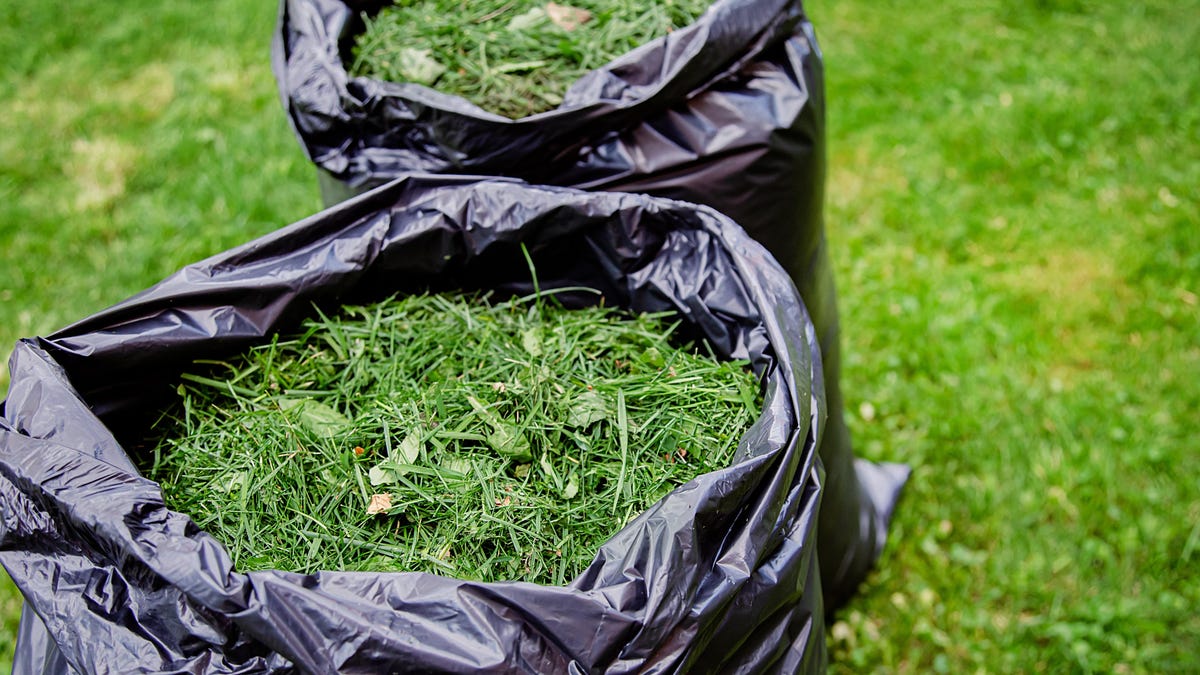The Best Ways to Use Cut Grass in Your Garden

Maintaining a traditional green grass lawn is a year-round process , with mowing usually being the most time-consuming task. Not only does this include cutting the grass, but it also means figuring out what to do with the trimmings you’ll have left when you’re done.
Instead of dumping them in trash bags and throwing them away, here are some of the best ways to use these clippings in your garden.
How to use cut grass in the garden
We talked about recycling lawn grass clippings, but they can also benefit your garden, as long as they aren’t treated with herbicides or other chemicals that you wouldn’t otherwise use in your garden. Here are some ideas:
Mulch for vegetables
While you can use grass clippings as mulch around flowers, shrubs, and trees, it may not fit into your landscaping aesthetic. But this shouldn’t be a problem in your garden, where pruning can help reduce weed growth, retain moisture and moderate soil temperatures for your vegetables. Just remember to use only dry cuttings as mulch.
Nitrogen for your compost heap
If you’re actively composting, grass clippings make a great addition to your pile due to their high nitrogen content . But to be clear, a pile consisting solely of accumulated grass clippings is not considered composting, which requires a combination of other plant materials and a small amount of soil containing the microorganisms needed for decomposition.
Brew healthy tea
Looking for a natural way to fertilize your garden? In addition to nitrogen, grass clippings are also rich in potassium, and both nutrients give your plants a boost, especially in mid-summer when the soil isn’t at its peak of fertility . And you can send those nutrients in the form of a fertilizer “tea.”
To brew tea , take a large bucket or container and fill it 2/3 full with grass cuttings, then add water. Steep for three days, stirring at least once a day. Then strain the liquid to remove the cuttings and add them to your compost heap (if you have one).
Finally, pour the liquid into a watering can if you plan to apply it to the soil surrounding your plants, or into a spray bottle or pump if you intend to spray it onto the leaves of your plants. You can fertilize your plants with this tea every two weeks .